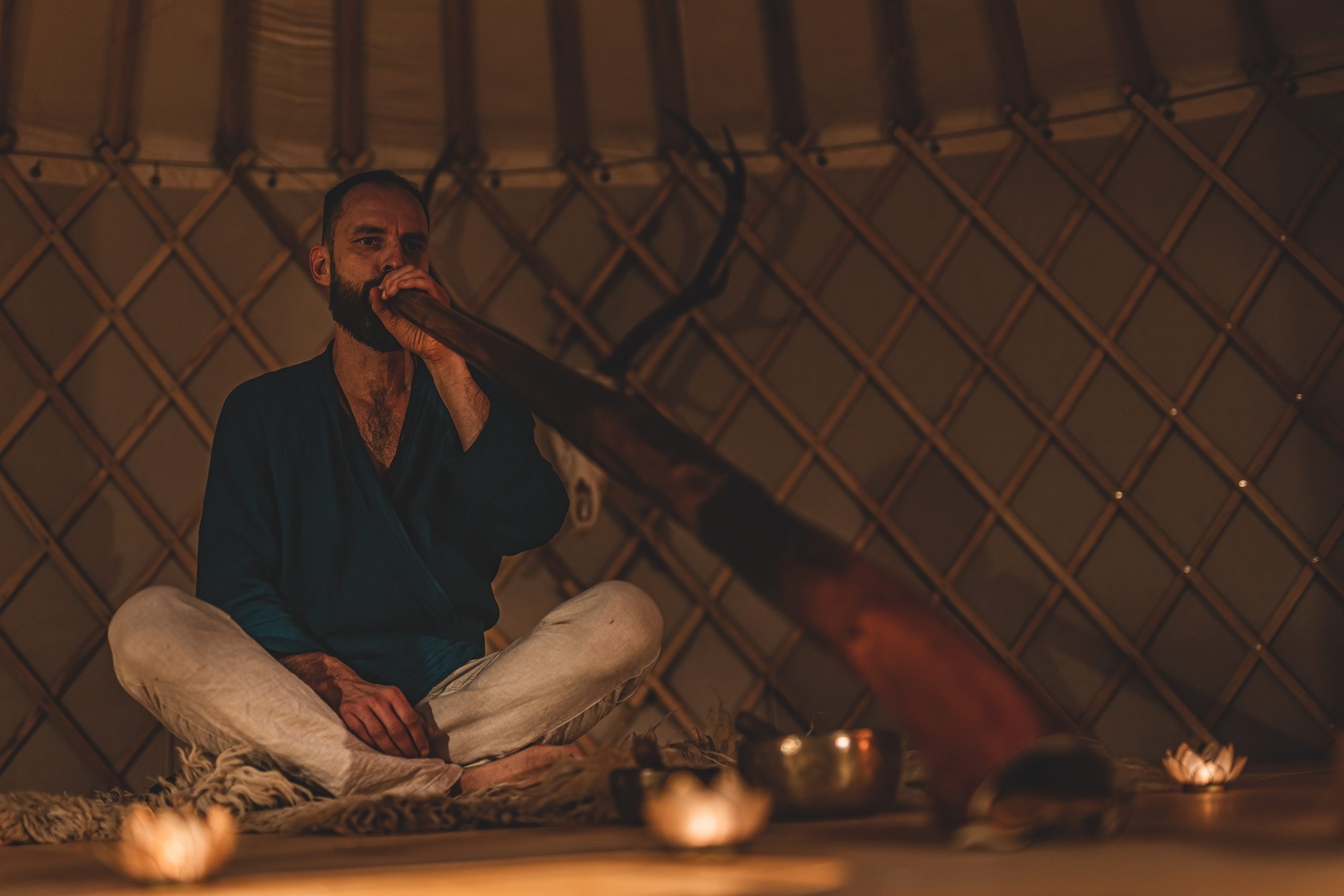The Hunter Valley, known for its breathtaking landscapes and exceptional wineries, also offers a profound opportunity to explore its rich Aboriginal culture.
This region is home to significant Aboriginal heritage, emphasizing traditional lands and important attractions that celebrate this vibrant culture. Visitors can engage with and support Aboriginal traditions through cultural centres, sacred sites, and immersive experiences, all while enjoying the many delights that the Hunter Valley has to offer.
What is the Significance of Aboriginal Culture in the Hunter Valley?
The significance of Aboriginal culture in the Hunter Valley goes beyond just historical accounts; it intertwines a rich tapestry of Indigenous heritage that connects deep-rooted traditions, environmental stewardship, and community involvement.
This unique cultural landscape is rich with Dreamtime stories, traditional music, and a spiritual bond to ancestral lands, offering invaluable insights into the lifestyles and beliefs of local Aboriginal communities.
By understanding this cultural depth, visitors can truly appreciate the profound relationship between the land and its first inhabitants.
What Are the Traditional Aboriginal Lands in the Hunter Valley?
The traditional Aboriginal lands in the Hunter Valley are characterised by rich cultural landscapes and sacred sites, each possessing significant historical and spiritual meaning for Indigenous peoples. These lands have been inhabited for thousands of years, providing a foundation for storytelling circles, traditional ceremonies, and the preservation of Aboriginal history.
Amidst these landscapes, sites such as ancient rock art and ceremonial grounds serve as poignant reminders of the profound connection between the land and its people. The rivers, mountains, and flora are steeped in stories of creation and ancestral spirits, reflecting a worldview that reveres nature as sacred.
The intricate knowledge that has been passed down through generations regarding seasonal hunting, gathering practices, and sustainable living highlights the vital role these lands play in maintaining a spiritual and cultural identity.
Recognising the importance of such sacred sites is crucial for appreciating the rich tapestry of Aboriginal heritage that is woven into the fabric of the Hunter Valley.
What are the Top Attractions in the Hunter Valley for Exploring Aboriginal Culture?
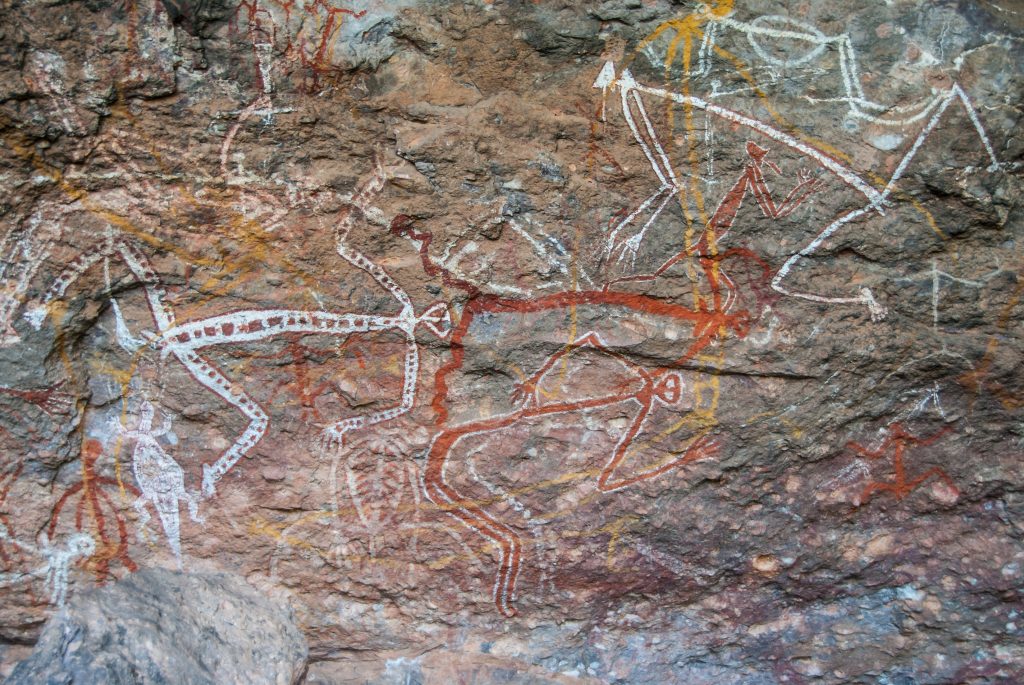
Exploring the Hunter Valley reveals a diverse range of cultural attractions that offer visitors immersive experiences into Aboriginal culture.
From guided heritage tours to wildlife encounters and art exhibitions, each destination presents unique opportunities to engage with Indigenous perspectives. This allows individuals to appreciate the beauty of Aboriginal art, traditions, and storytelling in a meaningful way.
1. Wollombi Cultural Centre
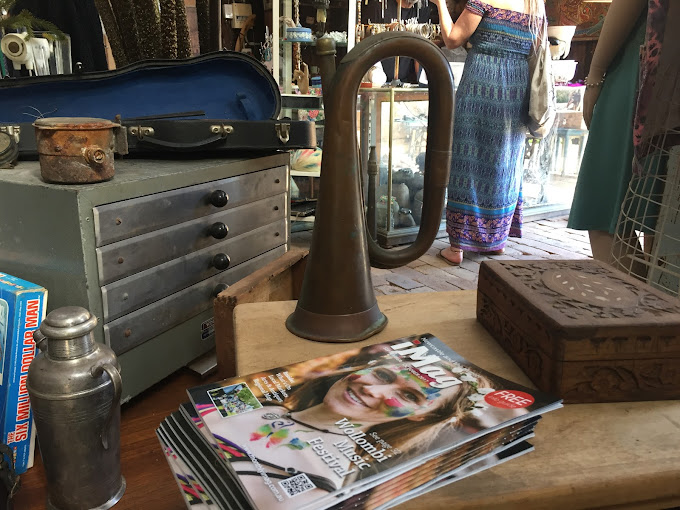
The Wollombi Cultural Centre functions as an important hub for Aboriginal art and cultural education, highlighting both the rich traditions and contemporary expressions of local Aboriginal communities.
Throughout the year, the centre organises community events that celebrate Indigenous heritage and create opportunities for visitors to participate in cultural workshops.
These events not only showcase traditional art forms but also promote an understanding of the spiritual and historical significance that underpins them. Visitors have the chance to engage in hands-on workshops such as painting, weaving, and storytelling, led by knowledgeable local artists who generously share their skills and insights.
The centre’s dedication to amplifying local Aboriginal voices is reflected in its dynamic programming, which features art exhibitions, performances, and cultural talks. This makes it an invaluable resource for education and connection.
This vibrant space fosters dialogue between Aboriginal and non-Aboriginal communities, enriching all participants and cultivating a deeper appreciation for Indigenous culture.
2. Baiame Cave
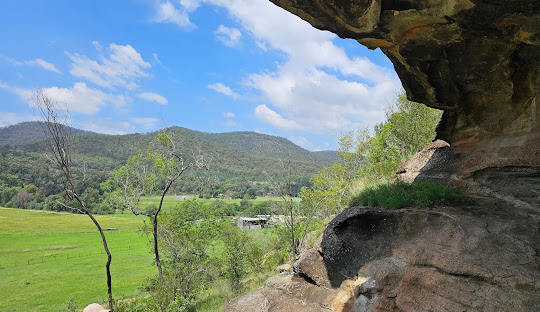
Baiame Cave is a significant historical site that showcases impressive rock art, highlighting the deep cultural importance of Aboriginal mythology and storytelling. This sacred location is believed to be associated with Baiame, the ‘Sky Father,’ and it attracts visitors eager to delve into Indigenous narratives and their relationship with the land.
The cave features intricate engravings that represent not only Baiame but also ancestral beings and key ceremonies, reflecting the profound spiritual connection the local Kube Yalanji people have with their environment. Each painting serves as a gateway to the past, guiding viewers through the distinctive traditions and belief systems that have shaped Aboriginal life for thousands of years.
By preserving this site, we honour the wisdom and resilience of these communities, ensuring that future generations appreciate the significance of cultural preservation and the respect owed to the land that sustains them.
3. Yengo National Park
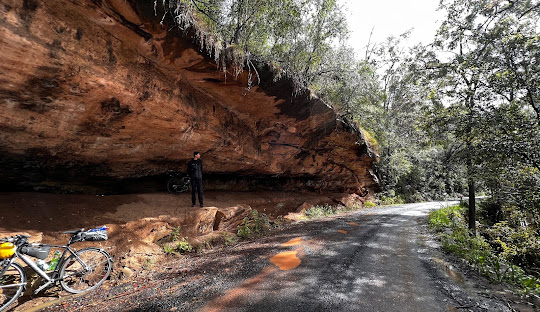
Yengo National Park stands as a remarkable natural wonder, offering a variety of eco-tourism opportunities. Visitors are invited to embark on nature walks through stunning landscapes while gaining insights into the traditional practices of the Aboriginal people.
The park is home to a diverse array of native plants and wildlife, creating an immersive experience that underscores the significance of land management practices within Indigenous culture.
As individuals navigate the rugged trails, they have the chance to admire the vibrant tapestry of flora, ranging from eucalyptus trees to resilient shrubs, each possessing its own unique story and ecological role.
Guided tours along the way provide valuable insights into Indigenous techniques for sustainable living, showcasing how generations have thrived by utilising the natural resources around them.
Birdwatchers are likely to find joy in spotting various species flitting through the canopy, while curious explorers may catch sight of wallabies or other wildlife, serving as a reminder of the interconnectedness of nature and culture.
This enriching experience not only encourages respect for the environment but also deepens one’s appreciation for the rich tapestry of Aboriginal heritage that is intricately woven into the very fabric of the land.
4. Mount Yengo
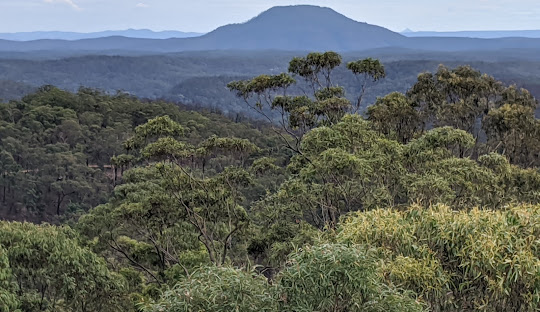
Mount Yengo is significant in Aboriginal traditions as a sacred site that plays an essential role in the region’s cultural landscape. This mountain is not only a striking natural feature but also a place of spiritual importance, often linked to storytelling and traditional ceremonies.
The landmark is rich with narratives that resonate within Aboriginal communities, showcasing their profound connection to the land and its natural elements. The stories shared often impart valuable teachings about the environment, emphasising its importance in nurturing both spirit and body.
Mount Yengo acts as a gathering place for Elders, who come together to share knowledge and foster a sense of community and belonging.
This unique blend of nature and spirituality underscores the necessity of preserving such sacred sites, ensuring that future generations have the opportunity to access the wisdom embedded in these natural reserves.
5. Murrurundi Heritage Walk
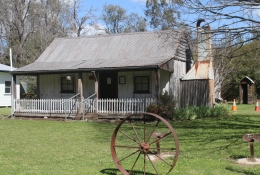
The Murrurundi Heritage Walk presents an excellent opportunity for visitors to engage with the region’s rich history, showcasing well-preserved landmarks that embody Aboriginal culture and heritage. This walk allows participants to connect with local legends and folklore while traversing significant sites.
As they navigate the scenic path, explorers will come across noteworthy locations such as the historic schoolhouse, which stands as a testament to the area’s educational development, and the iconic Wonnarua burial grounds, where the stories of ancestral tribes resonate in the gentle whispers of the wind.
Each stop along the route reveals captivating tales that celebrate the resilience and wisdom of local Indigenous communities. From ancient rock engravings to narratives from the Dreamtime, these cultural touchpoints encourage participants to reflect on the profound connections between the land, its people, and their enduring stories, ultimately enriching the overall experience of the Heritage Walk.
6. Burning Mountain
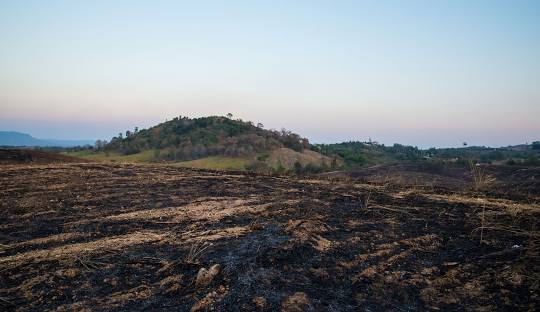
Burning Mountain presents a unique geological phenomenon complemented by deep historical narratives rooted in Aboriginal knowledge, making it an intriguing destination for those interested in the intersection of nature and culture.
Visitors have the opportunity to explore the area while learning about the Indigenous stories that accompany this remarkable natural landmark.
The site is rich in traditions, reflecting the spiritual connection local Indigenous communities have maintained with the land across generations. As travellers stroll along the trails, they are not only observing the stunning wildlife that inhabits the region but also engaging with a living history filled with ancient tales and wisdom.
The crisp air carries whispers of the past, where every rock and plant has its own story, infusing the experience with profound cultural significance.
Engaging with these narratives can greatly enhance visitors’ appreciation of the natural environment while underscoring the importance of preserving both biodiversity and cultural heritage.
What Other Activities Can Visitors Do to Learn About Aboriginal Culture in the Hunter Valley?
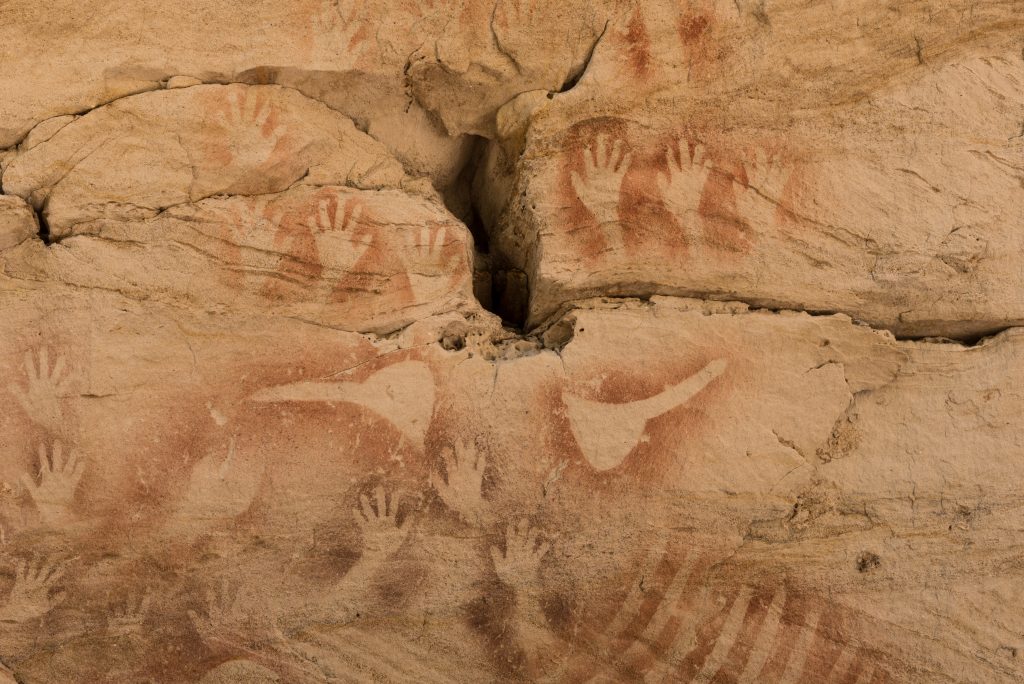
Plus exploring cultural attractions, the Hunter Valley provides numerous activities that enable visitors to engage more deeply with Aboriginal culture.
Options range from informative cultural tours and bush tucker experiences to participating in traditional ceremonies and visiting local art galleries.
There are plenty of opportunities for cultural immersion and community engagement throughout the region.
1. Join a Cultural Tour
Joining a cultural tour in the Hunter Valley provides a guided experience that immerses visitors in Indigenous perspectives, enhancing their understanding of Aboriginal history and traditions. These tours typically include storytelling, visits to sacred sites, and opportunities to engage with local Aboriginal communities.
Participating in such experiences not only broadens one’s knowledge of the rich tapestry of Indigenous cultures but also fosters a deeper appreciation for the land and its significance to its traditional custodians.
Through the narratives shared by knowledgeable guides, tourists can connect with ancient customs and practices, gaining valuable insights that might otherwise remain obscure.
Engaging with local communities allows travellers to witness firsthand the resilience and vibrancy of Aboriginal art forms, dance, and music, creating lasting memories that go beyond typical sightseeing adventures.
Ultimately, these tours inspire a profound sense of respect and connection to a culture that has thrived for millennia.
2. Attend a Traditional Ceremony or Performance
Attending a traditional ceremony or performance provides visitors with an opportunity to experience the vibrancy of Aboriginal music and dance, offering an authentic cultural experience that celebrates Indigenous traditions. These events often incorporate storytelling and rituals that connect participants to the rich heritage of local Aboriginal communities.
A variety of elements come together to create an engaging atmosphere, including the rhythmic beats of traditional drums and the powerful movements of dancers adorned in colourful regalia. These performances serve not only to entertain but also to educate attendees about the significance of each gesture, note, and story shared.
Participating in these ceremonies presents a unique chance to appreciate the depth of Aboriginal culture, fostering a greater understanding of the history and values that shape these communities. The inviting atmosphere encourages dialogue, allowing visitors to reflect on their own cultural narratives while respecting and honouring the traditions being showcased.
3. Visit Local Art Galleries and Museums
Visiting local art galleries and museums offers a wonderful opportunity to appreciate Aboriginal art and engage in cultural education, showcasing the creative expressions of Indigenous artists. These venues often host artisan markets and exhibitions that highlight the cultural significance and contemporary perspectives of Aboriginal art.
In these lively spaces, visitors can explore a diverse array of artworks that reflect traditional techniques while also incorporating modern elements, effectively bridging the past with the present. Indigenous culture is celebrated through workshops and collaborative projects, deepening the understanding of the stories behind each piece.
Galleries frequently organise events that involve the community, encouraging meaningful dialogues about history and identity.
By attending these artisan exhibitions, individuals gain valuable insight into the importance of preserving Indigenous heritage, all while supporting local artisans who contribute to this rich and evolving narrative.
4. Participate in a Bush Tucker Experience
Taking part in a bush tucker experience offers visitors a unique opportunity to explore local cuisine while gaining insights into traditional practices and the use of indigenous plants for sustenance.
These immersive experiences typically include guided foraging and cooking demonstrations that highlight the vital role food plays in Aboriginal culture.
Such experiences encourage a deeper appreciation for the intricate relationship between the land and its people, illustrating how native flora, such as wattleseed and bush tomatoes, have nourished communities for thousands of years.
They also emphasise the rich knowledge that has been passed down through generations, showcasing how traditional practices are closely linked with sustainable methods that help maintain the health of the environment.
Visitors often leave not only with a taste of the distinctive flavours that characterise Australian cuisine but also with an understanding of the stories and rituals tied to each ingredient, enriching the cultural significance behind every shared meal.
What is the Best Way to Respect and Support Aboriginal Culture in the Hunter Valley?
Respecting and supporting Aboriginal culture in the Hunter Valley requires a thoughtful understanding of cultural protocols and meaningful engagement with local communities.
Visitors have the opportunity to contribute to sustainable tourism practices that give the power to Indigenous peoples and support cultural preservation. This approach not only enriches the experience for visitors but also ensures that future generations can appreciate the rich heritage of Aboriginal culture.
1. Follow Cultural Protocols
Following cultural protocols is crucial for demonstrating respect and fostering meaningful engagement with Aboriginal communities in the Hunter Valley. By understanding and adhering to these guidelines, one not only honours Indigenous rights but also enhances the experiences of visitors.
Respectful behaviour encompasses listening to community leaders, collaborating on projects, and acknowledging the traditional custodians of the land. For example, initiating discussions with local elders prior to planning events shows a genuine appreciation for their knowledge and traditions.
Engaging with Indigenous artists or participating in cultural workshops can also offer profound insights into their worldviews and practices.
Creating spaces for dialogue and learning allows individuals and organisations to promote understanding and build stronger relationships that reflect the values of community engagement. Recognising the significance of cultural heritage further underscores the importance of these protocols in fostering positive interactions.
2. Purchase Authentic Aboriginal Art and Products
Purchasing authentic Aboriginal art and products serves as a meaningful way to support local artisans while contributing to the preservation of cultural heritage. When individuals choose to buy local crafts, they play a role in sustaining Indigenous communities and ensuring that traditional practices continue to flourish.
This engagement is not merely a transaction; it creates valuable connections between art enthusiasts and Indigenous creators. Each artwork tells a story, rich with history and significance.
By investing in these pieces, one not only acquires a unique cultural artefact but also demonstrates respect for the artistry that has been passed down through generations.
Supporting such creativity fosters community pride and provides artists with the necessary resources to sustain their craft. Embracing Indigenous artistry can lead to broader discussions about heritage, identity, and the importance of safeguarding these vibrant cultural narratives for future generations.
3. Educate Yourself and Others About Aboriginal Culture
Educating oneself and others about Aboriginal culture is an essential step towards fostering understanding and respect for Indigenous peoples. Engaging with educational programmes and resources can significantly enhance awareness of Aboriginal history, traditions, and contemporary issues, ultimately promoting community engagement.
Participating in workshops, attending cultural events, and utilising online platforms dedicated to Aboriginal education can greatly broaden one’s perspective. For example, programmes such as cultural competency training not only delve into Indigenous histories but also address the current challenges faced by Aboriginal communities.
Additionally, resources like documentaries and literature authored by Indigenous voices provide invaluable insights, ensuring a more comprehensive understanding. Incorporating Indigenous perspectives into school curricula and community initiatives can further deepen this engagement, creating spaces where dialogue and collaboration can flourish.
This approach ultimately leads to respectful partnerships that honour and celebrate Aboriginal culture.
4. Support Local Aboriginal Businesses and Communities
Supporting local Aboriginal businesses and communities is a meaningful way to contribute to the sustainability of Indigenous culture and practices. By choosing to support these enterprises, visitors play a vital role in upholding Indigenous rights and promoting a flourishing cultural landscape.
Engaging with these businesses offers individuals not only unique and authentic experiences but also the opportunity to foster deeper connections with the community. This interaction aids in circulating money within the local economy, bolstering financial independence and resilience among Aboriginal groups.
Such support nurtures a rich tapestry of traditions, art, and storytelling, which is essential for preserving Indigenous heritage. Through sustainable tourism initiatives, travellers can respectfully learn about and appreciate the diverse cultural narratives that have shaped the land, ensuring that future generations inherit a vibrant and enduring legacy.
Frequently Asked Questions
What are some popular attractions for exploring Aboriginal culture near Denman?
Some popular attractions for exploring Aboriginal culture near Denman include the Sacred Tree at Wingen, the Baiame Cave at Milbrodale, and the Finchley Cultural Walk.
Is there a specific time of year that is best for exploring Aboriginal culture in the Hunter Valley?
While the Hunter Valley is a great place to explore Aboriginal culture year-round, many events and festivals celebrating Aboriginal culture take place in the autumn and spring months.
What kind of cultural experiences can I expect to have at these attractions near Denman?
Visitors can expect to learn about traditional customs and practices, view ancient rock art, and hear Dreamtime stories passed down through generations.
Are there any guided tours available for exploring Aboriginal culture in the Hunter Valley?
Yes, there are several tour companies that offer guided tours specifically focused on exploring Aboriginal culture in the Hunter Valley. Be sure to do your research and choose a reputable company.
Are there any restrictions or guidelines I should be aware of when visiting these attractions?
Yes, it is important to respect the cultural significance of these sites and follow any guidelines or restrictions put in place by the traditional custodians. This may include not taking photos or touching certain areas.
Can I purchase any souvenirs or artwork from local Aboriginal artists near Denman?
Yes, there are several gift shops and galleries in the Hunter Valley that sell authentic Aboriginal artwork and souvenirs. Be sure to support the local artists and purchase ethically sourced items.



